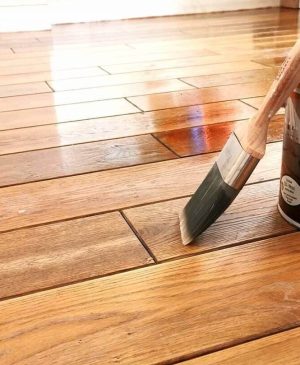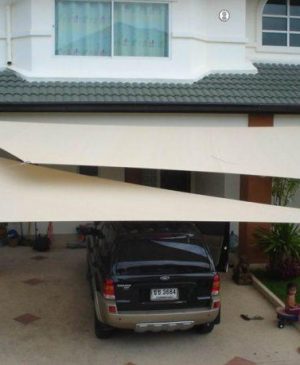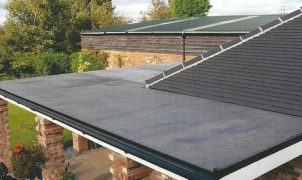Thai interior design gracefully balances tradition and modernity, creating spaces that feel harmonious and inviting. Decorative mouldings are an effective way to add depth and texture to interiors while maintaining this balance. They work beautifully in a variety of settings, from contemporary condominiums in Bangkok to traditional Thai teakwood homes. One specific choice often appreciated for its versatility is wall moulding, which can completely redefine the look and feel of a room with just a few thoughtful applications.
Wall mouldings are an ideal choice for enhancing both functionality and aesthetics. They help frame walls, create patterns, or even divide colour schemes without overwhelming the room. For example, panel mouldings can transform plain walls into intricate backdrops, drawing attention to the home’s nuanced interior elements. This detail adds an understated elegance, something that perfectly suits Thai interiors where craftsmanship and refinement often shine.
Thailand’s rich cultural heritage offers abundant design inspiration when incorporating mouldings into your space. Intricate carvings and geometric patterns from traditional Thai art can influence the design of the mouldings, making them a natural extension of the country’s aesthetic sensibilities. With wall moulding (called บัวผนังภายใน in Thai) used creatively, you can introduce a modern interpretation of Thai heritage while ensuring the space remains cohesive and functional.
Applications in Thai Living Spaces
Decorative mouldings are versatile, making them suitable for a range of residential interiors. For high-ceilinged spaces found in many traditional homes, crown mouldings can be a fantastic addition. They enhance the height while bringing a sense of completeness to the room. For low-ceilinged urban apartments, thinner mouldings can create a more spacious appearance without detracting from the overall clean design that modern interiors often demand.
Baseboards, too, offer a unique opportunity to combine practicality with design. Acting as a protective layer for walls, they beautifully complement the polished teak floors commonly used in Thai homes. Pair these with neat, simple wall moulding to create a seamless transition between the floors and walls.
For luxurious spaces such as a home office or a living room often used for entertaining, wainscoting can add a sense of grandeur while maintaining durability. Consider using lighter tones and even incorporating gold accents to reflect a contemporary Thai aesthetic infused with subtle opulence.
Moulding and Material Choices
When it comes to materials, both traditional and modern options are available for Thai spaces. Hardwood is a timeless choice suitable for homes wanting a consistently natural look, blending well with other wood elements often used in Thai décor. Alternatively, polyurethane mouldings are a modern solution, offering lightweight and cost-effective options that are easy to install and maintain. This is particularly useful for humid environments, as they are resistant to warping and cracking.
Colour selection is equally crucial when planning decorative mouldings. Neutral tones, like off-whites and beiges, typically complement Thai interiors, allowing carved and ornate elements to stand out subtly. However, bold accents can also be used in smaller areas to add contrast and depth.
Bringing It All Together
Decorative mouldings allow homeowners to elevate their interiors with personal touches while staying true to Thai values of craft and detail. Whether incorporated into minimalist modern living spaces or traditional homes, these design elements create harmony, depth, and unique identity. By focusing on thoughtful applications such as wall moulding and blending in complementary colours and materials, you can achieve a remarkable interior that feels both timeless and uniquely yours.


















